October 4, 2012
No Comments
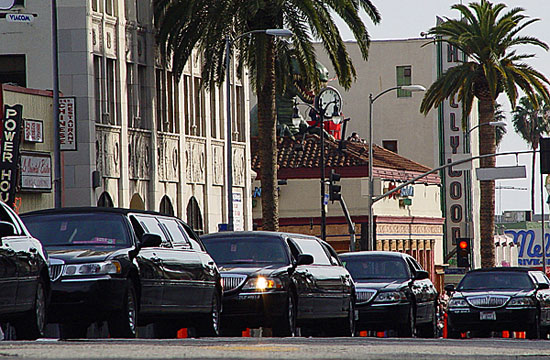
The annual Oscar challenge: getting the limos to the Academy Awards safely and on time. Photo/Hebig via Flicrk
In this, the land of cars, all roads lead to Aram Sahakian.
With one false move, one slight miscalculation, he could bring L.A.’s traffic to a hellish halt. There are plenty of powerful jobs in Los Angeles government, but even the mayor takes a back seat to this street-smart guy when it comes to keeping the city moving.
Sahakian oversees special traffic operations for the city’s Department of Transportation and is thus responsible for mapping and implementing street closures for every big event in Los Angeles. Perhaps you know his work: Carmageddon (and next week’s sequel), the Academy Awards, championship parades for the Lakers and Kings, CicLAvia, presidential visits, the L.A marathon and, of course, The Rock’s journey to the Los Angeles County Museum of Art.
“I have an extremely understanding wife,” Sahakian says of the relentless hours and maddening deadlines of his job. “When you work for me, you better expect not to have much of a personal life.”
Sahakian and his Los Angeles Marathon street closure manual.
Now Sahakian and his small staff are preparing for one of their biggest logistical challenges—getting the retired space shuttle Endeavour from LAX to its new home at the California Science Center in Exposition Park. The shuttle is scheduled to arrive at the airport on Friday. On October 12, it will start a two-day journey to the Science Center, passing through Inglewood and into Sahakian’s turf.
Already, hundreds of trees are being felled to accommodate Endeavour’s 78-foot wing span. But that’s just the beginning. Sahakian says that once Endeavour actually gets rolling on its low-slung, remote-controlled transport, nearly 50 traffic signals along the route will have to be rapidly taken down as the shuttle approaches and then immediately restored after it passes—all in a single day.
“There’s no room for error,” says Sahakian, a 23-year veteran of the department. “If we get a picture in the Los Angeles Times showing the shuttle stuck because of a signal standard, this would not be good.”
In recent days, another complication has surfaced: Sophisticated tests of the streets along the route through South Los Angeles and downtown have revealed vulnerabilities beneath the surface, where sewer and water lines are located. These 14 areas, Sahakian says, could become sink holes under Endeavour’s 78 tons. This would not be good, either.
To fix the problem, Sahakian says that at least 150 plates of thick steel will be placed under the transport’s wheels to distribute its weight along the worrisome stretches. “And I’m not talking about a couple spots here and there,” Sahakian says. Details of the effort are still being worked out, but he expects the entire intersection of Crenshaw and Martin Luther King boulevards to be covered with steel.
Although the logistics of all this may seem dizzying, Sahakian says he has a bigger concern. “This is a cakewalk,” he says of the tightly choreographed traffic plan. “We can do this in our sleep. The big unknown is the crowd.”
Sahakian, who also oversees emergency response for his department, worries that thousands of people could turn out for the once-in-a-lifetime spectacle of the shuttle’s 12-mile urban journey. But this is not like artist Michael Heizer’s granite rock, which drew huge crowds during its slow-motion trip to LACMA, where it became the 340-ton centerpiece of “Levitated Mass.” In the shuttle’s case—because of its width and NASA’s desire to keep the public at a safe distance—there’ll be few places to stand, except at the end of streets that intersect the route or in designated viewing areas.
“What I worry about,” Sahakian says, “is a Rose Parade situation where we’ll have thousands of people out there with no place for them to park or see the shuttle.”
CicLAvia has made Sahakian’s job even bigger.
These are the kinds of scenarios that can haunt a planner’s waking—and sleeping—hours. Sahakian says that whether it’s the Endeavour project or the many others he’s constantly juggling, he may get an idea in the middle of the night. “Sometimes, I’ll send emails at 3 a.m. so I don’t forget,” he says.
Sounding more like an inspirational speaker (a la John Wooden) than a traffic engineer, Sahakian says his motto is: “Not planning is planning for disaster.”
Consider the Oscars. It is Sahakian’s job, among other things, to make sure that the fleets of limousines ferrying nominees and other VIPs don’t get tangled up outside the Dolby Theatre, formerly the Kodak, on Hollywood Boulevard. To that end, he has created a “serpentine” of concrete K-rail, through which each limo must slowly (but not too slowly) pass in an orderly fashion—a technique he’ll also be employing for this weekend’s Emmy Awards at Staples Center.
But the planning begins long before the stars emerge from their luxurious rides. “One of the most important elements of traffic planning,” he says, “is to know where people are coming from so you can facilitate the route.” That’s why his crew jotted down limo license plate numbers a few years back and studied their points of origin. Not surprisingly, most were arriving from the Westside.
Sahakian is not necessarily expecting any awards from the motoring public for his efforts. “If it’s a Lakers parade, they’re happy,” he says. “If it’s a 5K fundraiser, they’re not so happy.”
More often than not, he hears, “You guys are messing up the whole city.” Or maybe, “Whose bright idea was this?”
Still, he knows—even if the public doesn’t—that things could be a lot worse.
Last week, in his cramped office on the edge of downtown, Sahakian told a visitor that he’d recently worked with organizers of the hugely popular CicLAvia to change the date of its latest event, which was scheduled for the same October weekend as Endeavour’s journey. “Thank God CicLAvia agreed to move up its date” to October 7, Sahakian said with obvious relief.
A few hours later, however, his visitor got an email that spoke volumes about the man and his work. “Just to make it more interesting,” he wrote, “now I have Obama visiting on 10/7. Yes, Ciclavia :)”

Endeavour on its way to L.A., where Sahakian will help orchestrate its final journey. Photo/Los Angeles Times
Posted 9/19/12
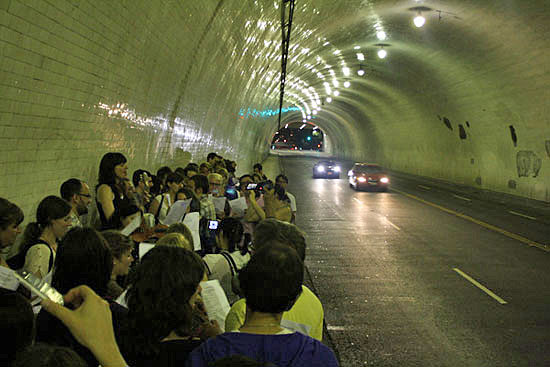

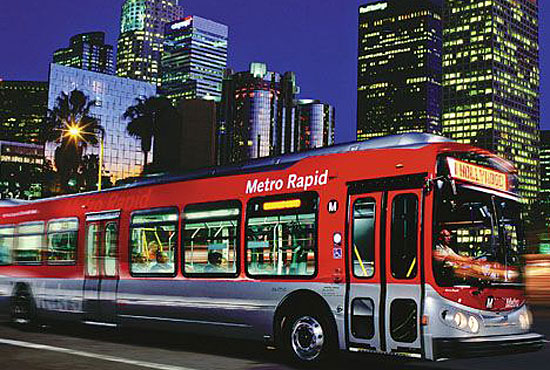
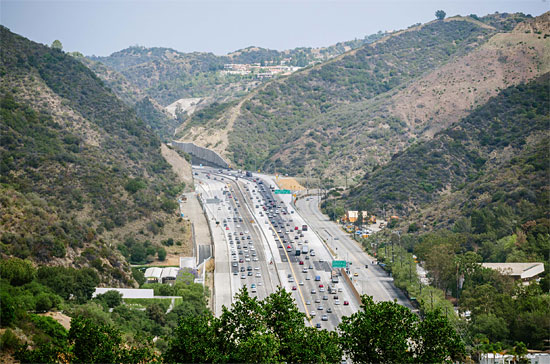
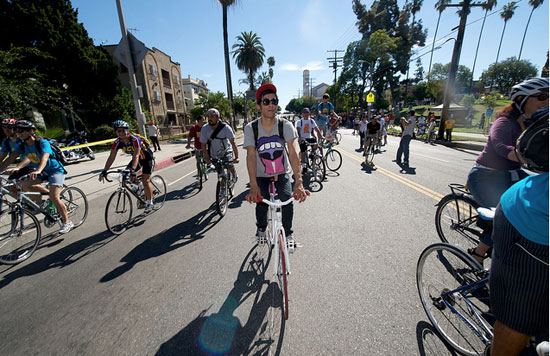
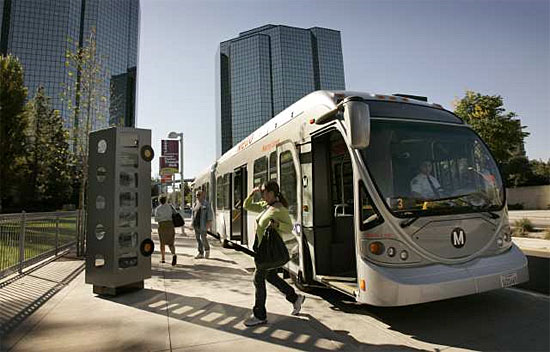
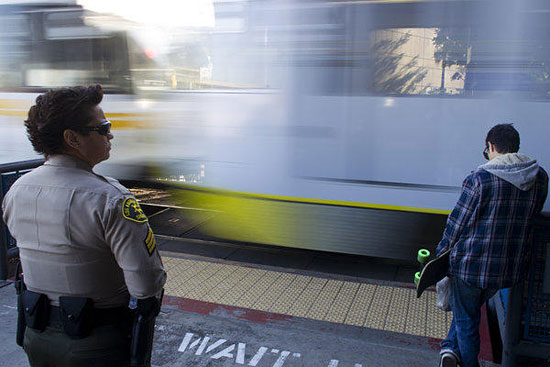
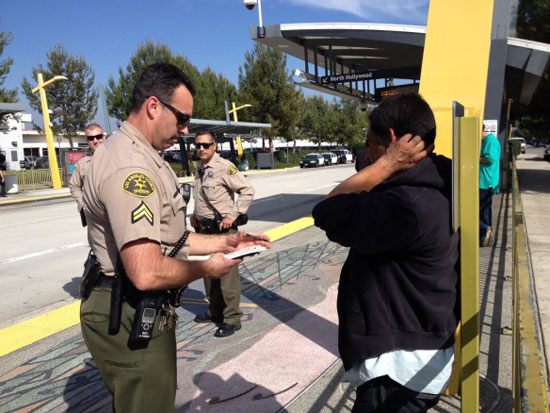
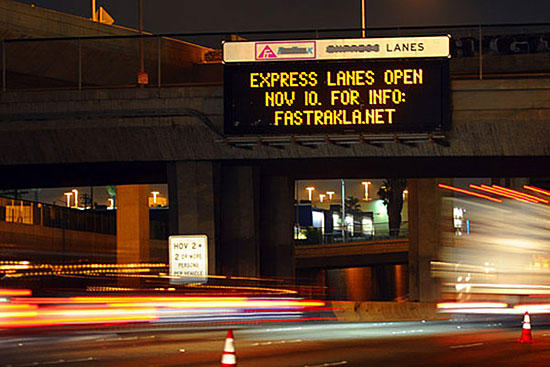
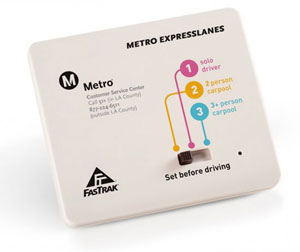
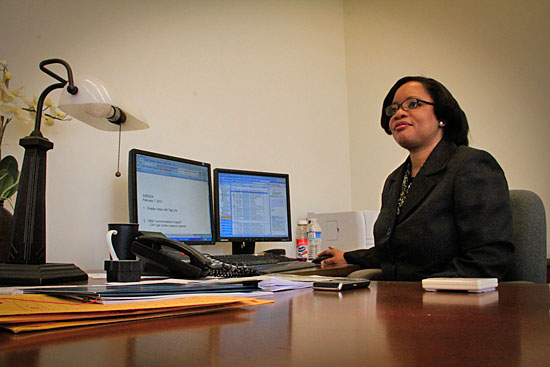
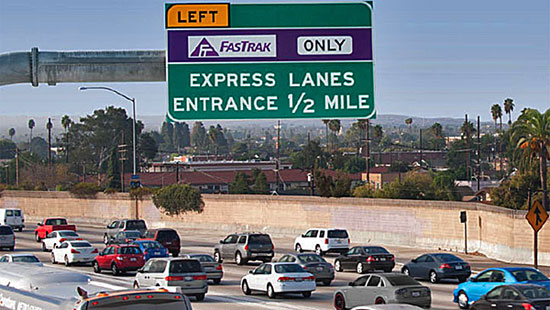


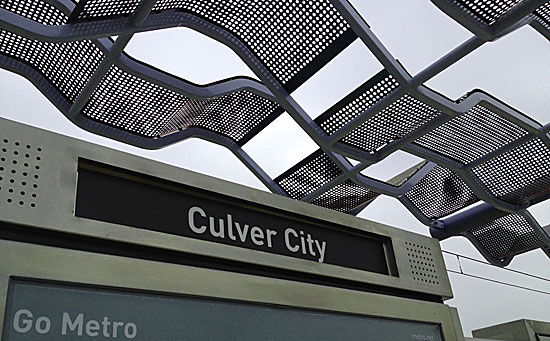
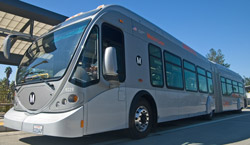 As the paper correctly noted in its rave review, the line’s route through the San Fernando Valley had been sketched on a napkin by Supervisor Zev Yaroslavsky as he and other elected officials and transit planners flew back from a 1999 fact-finding mission in Curitiba, Brazil. There, they’d seen the stunning efficiency of a high-occupancy bus system that used dedicated roadways and timed traffic signals to keep the buses moving swiftly through intersections—at a fraction of the cost of burrowing a subway tunnel.
As the paper correctly noted in its rave review, the line’s route through the San Fernando Valley had been sketched on a napkin by Supervisor Zev Yaroslavsky as he and other elected officials and transit planners flew back from a 1999 fact-finding mission in Curitiba, Brazil. There, they’d seen the stunning efficiency of a high-occupancy bus system that used dedicated roadways and timed traffic signals to keep the buses moving swiftly through intersections—at a fraction of the cost of burrowing a subway tunnel.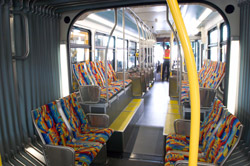 The Orange Line—named in tribute to the Valley’s early agricultural roots—currently runs from Warner Center to North Hollywood, where riders can catch the Red Line subway to Downtown L.A. or points elsewhere. To speed up the operation, riders purchase fares before boarding, as they do for the region’s subways.
The Orange Line—named in tribute to the Valley’s early agricultural roots—currently runs from Warner Center to North Hollywood, where riders can catch the Red Line subway to Downtown L.A. or points elsewhere. To speed up the operation, riders purchase fares before boarding, as they do for the region’s subways. 




